Paddleboard Lesson for Beginners - Part 5 - How to Get Back on a Paddleboard After Falling
In this final instalment of Paddleboard Lesson for Beginners, we will learn some important but often overlooked skills, including how to fall safely, how to get back on a paddleboard after falling, how to paddle in a prone position, and how to easily get back to shore. All these skills are great to add to your bag of SUP tricks and will definitely help out in situations you might encounter out on the water.
How to Paddleboard Lesson Series - List of Posts
- How to Paddleboard Lesson Series - Part 1: Paddleboard Gear
- How to Paddleboard Lesson Series - Part 2: Paddleboard Stroke
- How to Paddleboard Lesson Series - Part 3: SUP Turns
- How to Paddleboard Lesson Series - Part 4: How to Get On Your Paddleboard
- How to Paddleboard Lesson Series - Part 5: How to Get Back on a Paddleboard After Falling - You're reading it now!

I used the highly rated Waterwalker 126 throughout this series
Falling Off Your Paddleboard Safely
No doubt you've taken a tumble off a SUP board when you first started to learn or tried out a new skill (pivot turn, anyone?). But did you know that there is an ideal way to fall off your board? This method minimizes the chance of injury from hitting the board or anything under the water's surface. To fall safely, you'll want to fall backwards and away from your board in a starfish position, meaning with your arms and legs outstretched. This position greatly reduces the likelihood of impact, especially if you are in a shallower area. You never want to jump head or feet first when you aren't sure what's below the surface or how deep it is.
Are you nervous about falling? The first time can be scary, but once you do it, you'll get past that fear. Find a safe area where you can try it out. It's a fun skill to practise, especially on a hot day. The more comfortable you become with falling, the better you'll become at it. And remember; after you fall, try to relax, catch your breath, and get your bearings. Sometimes people panic and scramble for their board. Instead, take a deep breath, knowing that you have the ability to float on or tread water, and rest assured that you are leashed to your board so it will stay with you. Wearing a properly fitting lifejacket or lifevest will boost your confidence and safety.

Starfishing back off of my Waterwalker 126. The water was chilly that day!
How to Get Back on a Paddleboard After Falling
Now that you're in the water, you'll eventually want to get back on your board. The easiest place to get back on board is next to the carry handle, which is the most stable area of your board. Bring your body to either side of your board, right near the handle. Place your hands on the deck of your board, then push yourself up and out of the water and onto your board. The motion is like getting out of a pool. You'll start with your upper body, and then swing your lower half on the board. It's not elegant but it works!
Learning how to get back on a paddleboard after falling can be challenging, so don't get discouraged if it takes you a few tries. If you are having trouble getting your body up, try kicking your legs to help propel your body up onto your board. If your board is coming up, you may be inadvertently pulling the board up and towards you. To prevent this, push down on the board with your hands and lean into it with your body weight.

It can be challenging to get back on board. Make sure to push down on the board.
Prone Paddling a Standup Paddleboard
Have you ever lost or dropped your paddle? It's not common, but paddles can break or sink (tip: always make sure your paddle is drained of any water and properly assembled with each use). Therefore, it is helpful to know how to move your board with your arms, otherwise known as prone paddling. This can also serve as an alternative if you find yourself battling high winds. Prone paddling creates the least amount of wind resistance and gives you a bit of a break.
If you're not sure what prone paddling looks like, just picture a surfer lying chest down on their board, heading out to the waves. Paddleboarding has a deep connection to surfing and prone paddling is an example of something that has crossed over.
To paddle prone, lie on the deck face down with your head up and looking forward past the nose of the board. You'll want your midsection to be around the carry handle. Reach forward with one arm, cupping your hand, and dig through the water, alternating arms with each stroke. This will move your board forward. To turn, take a few extra strokes on the opposite side. If you have your paddle with you, you can lay it under your chest, with the blade tucked in. Or, if you have a Thurso board, use our convenient paddle holders to keep it out of the way.

Where's the surf? Just kidding! Prone paddling is a surprisingly useful SUP skill.
Getting Back to Shore
All good things must come to an end! Now that you've had a great time out on your standup paddleboard, it's time to go back to the shore or the dock. When approaching the shore or dock, it is best to return in a kneeling position for safety. Once the water becomes too shallow for your fins, climb off your board and remove your leash. You can either carry the board out of the water using the center handle or have a friend help you by using the handles on the nose and tail. On a dock, you'll want to sit on the dock and take off your leash. Then, reach down and pull your board up with one hand on the carry handle and the other one to steady the board. Easy does it!

When you get closer to the shore or dock, go back to a kneeling position
Now You Know How to Paddleboard!
Congratulations! You've just read the last post in our Paddleboard Lesson for Beginners series and now know all the basic tips and tricks you need to enjoy your board. Of course, the best way to learn is to take a lesson from a local paddleboarding school or certified instructor, but use this series as a primer or refresher. Have fun, be safe, and let us know what your favourite skill to learn and practice was.
Bonus Tips
Have you mastered all the skills in our series? Awesome! Get out there and explore some new waterways. Check out our SUP Explorer Map for inspiration. Our boards have been around the world! We'd also love to hear about your favourite spot. Read more here and scroll down to submit.


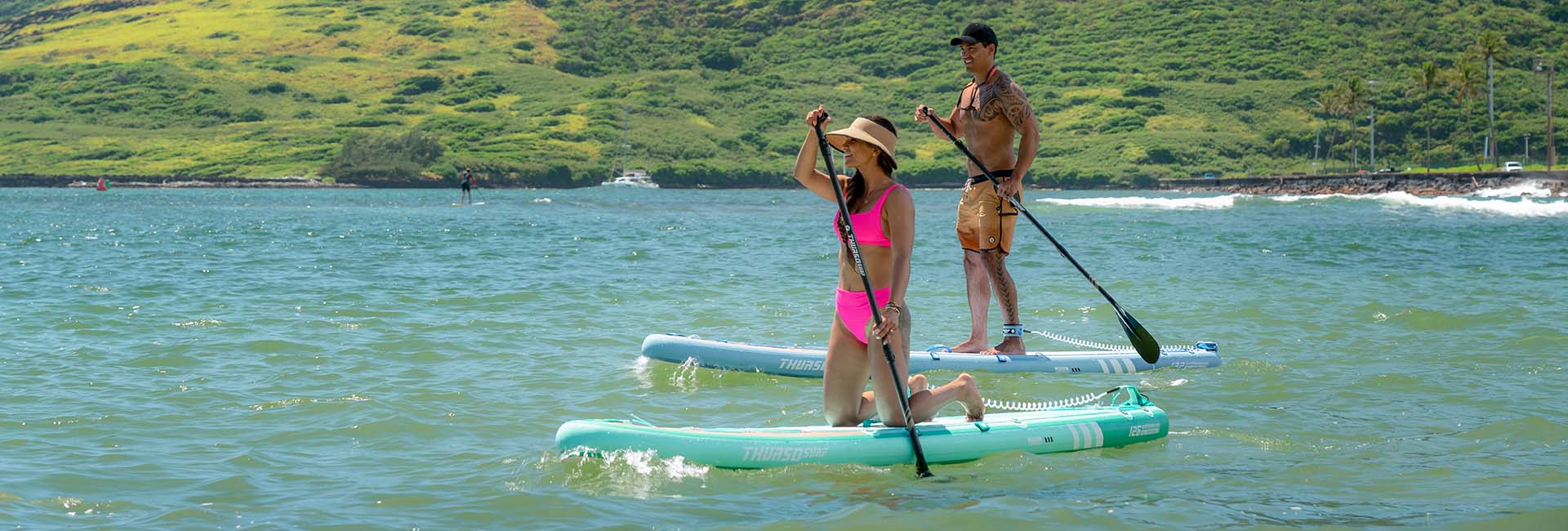
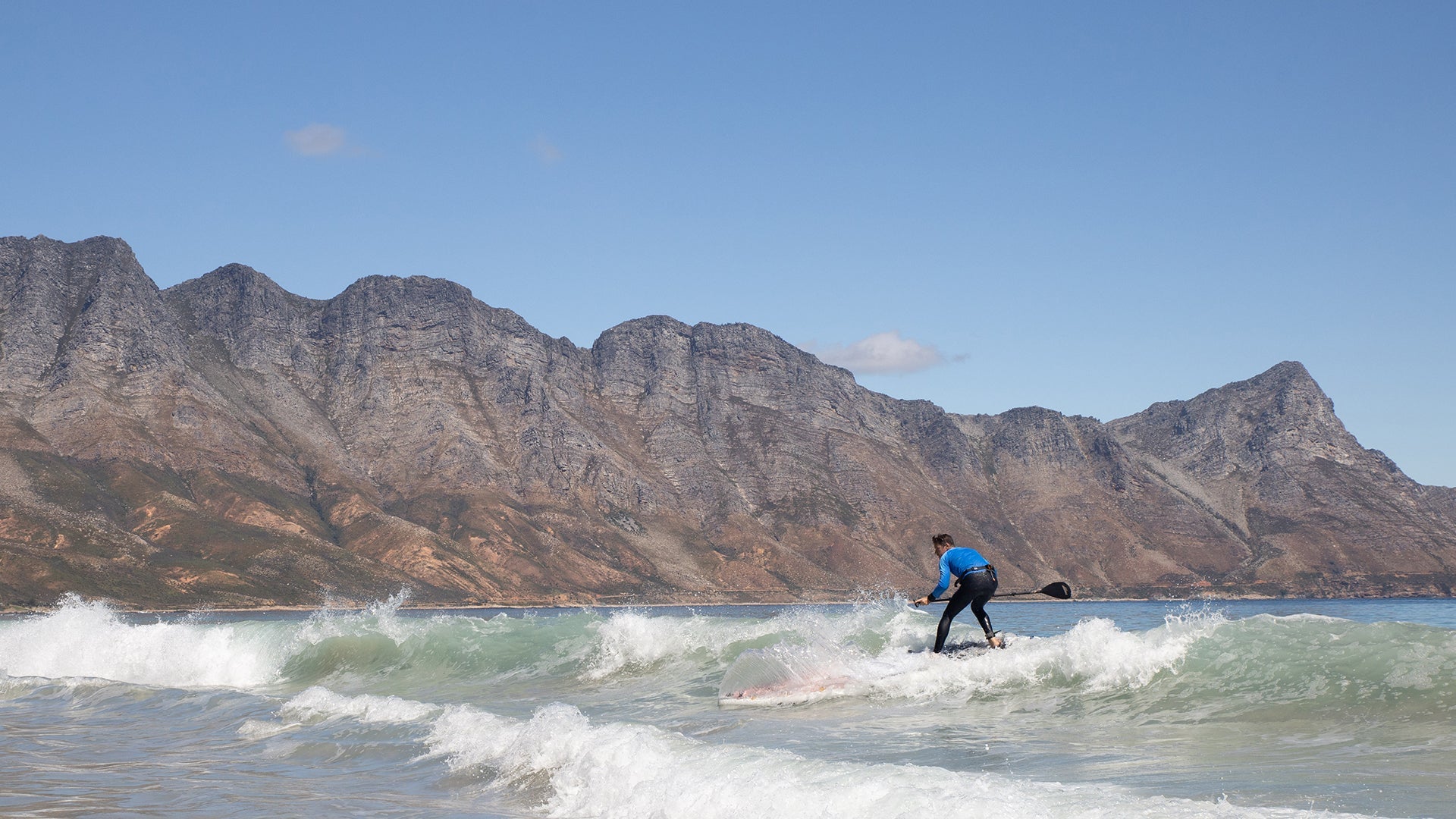
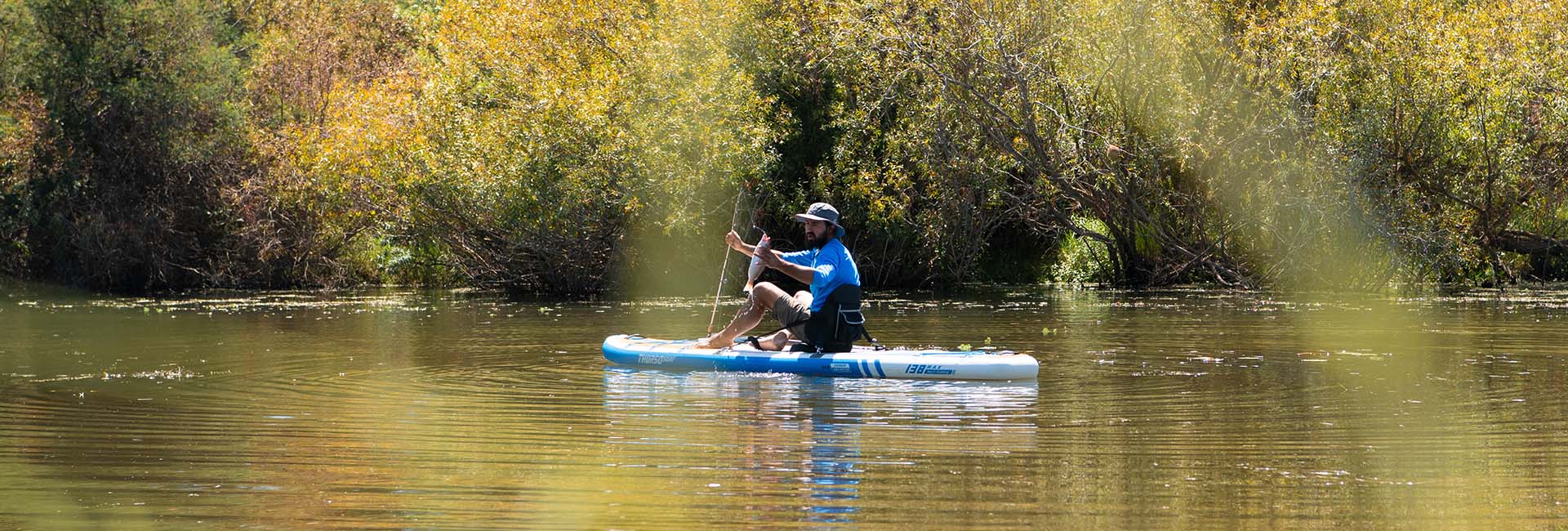
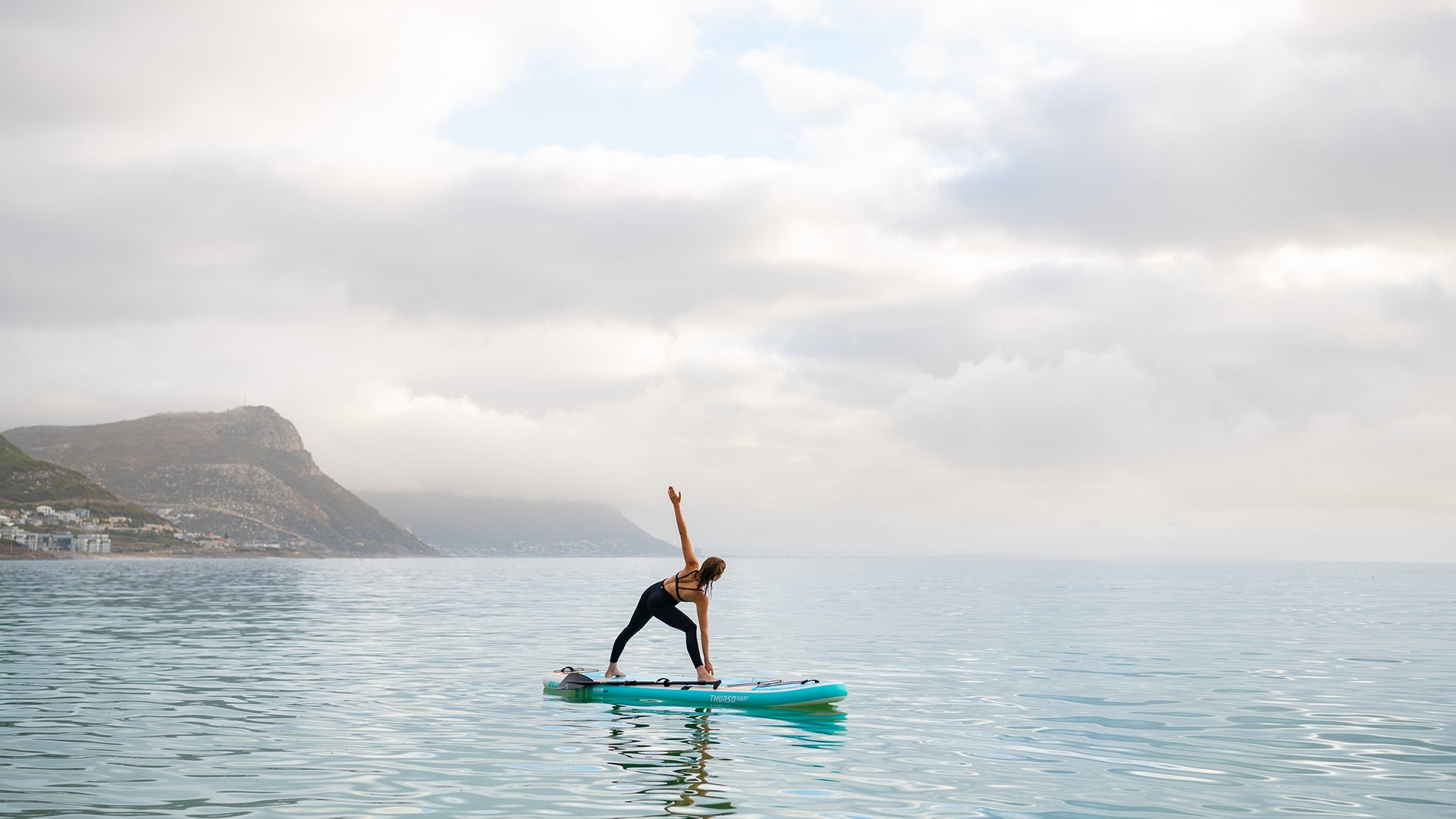
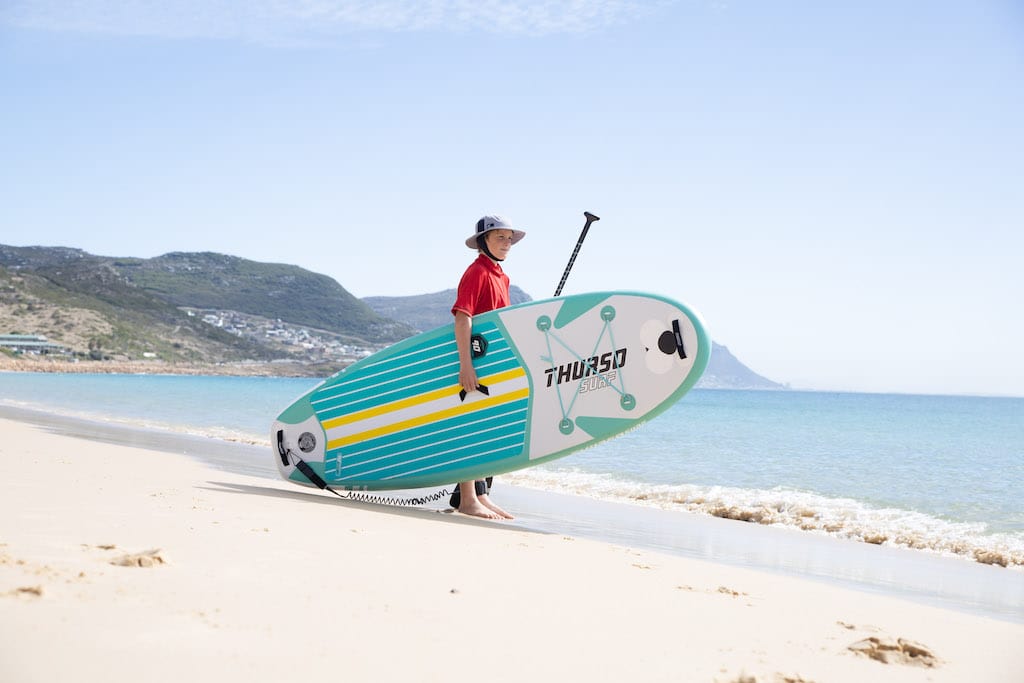
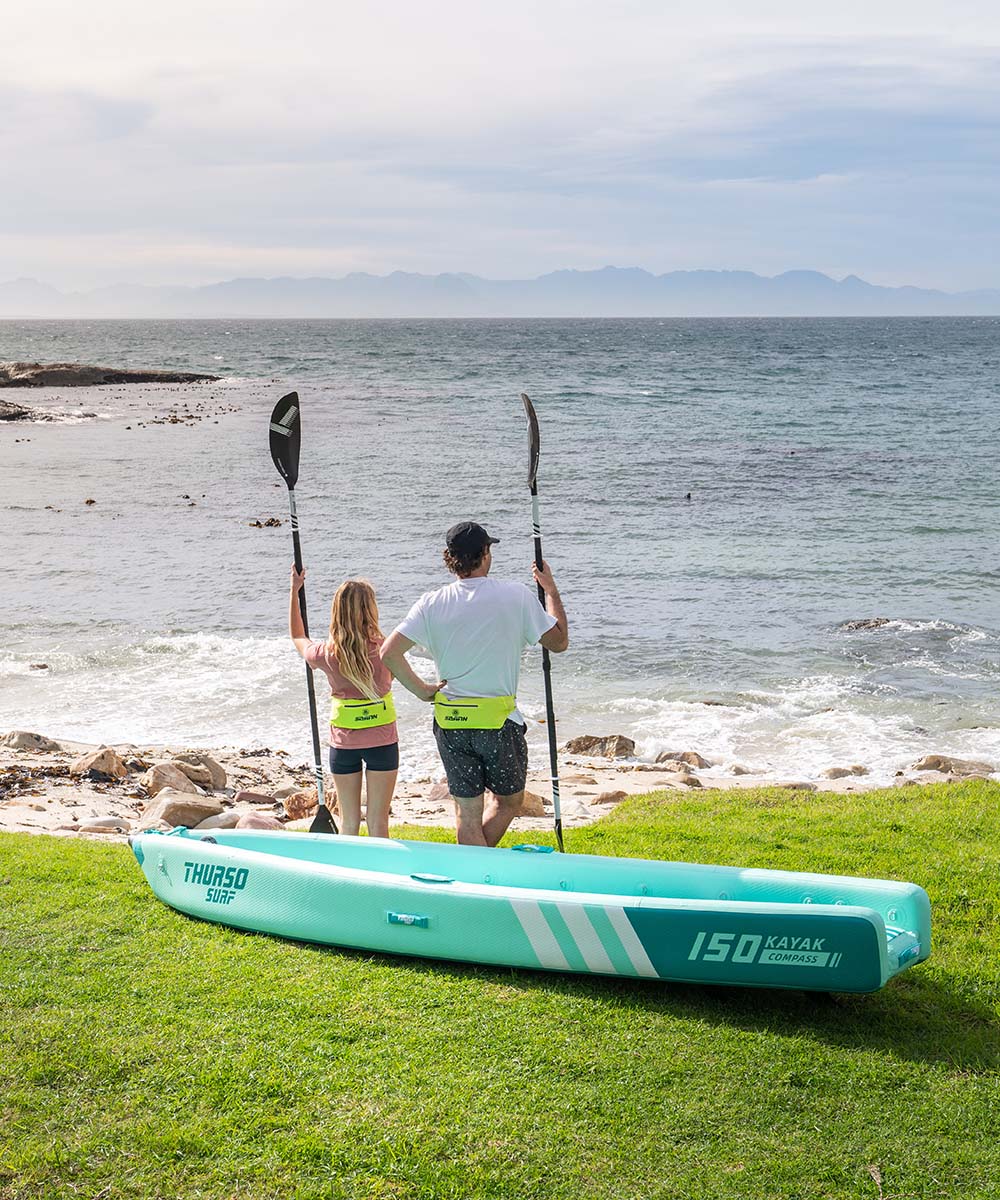
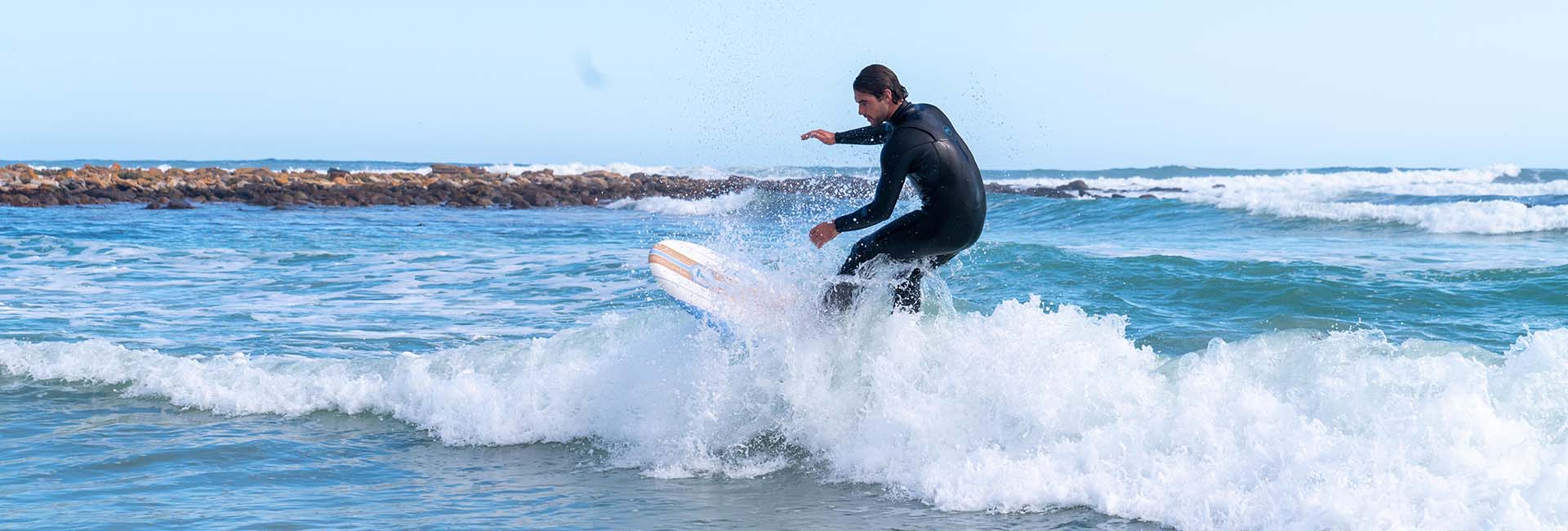
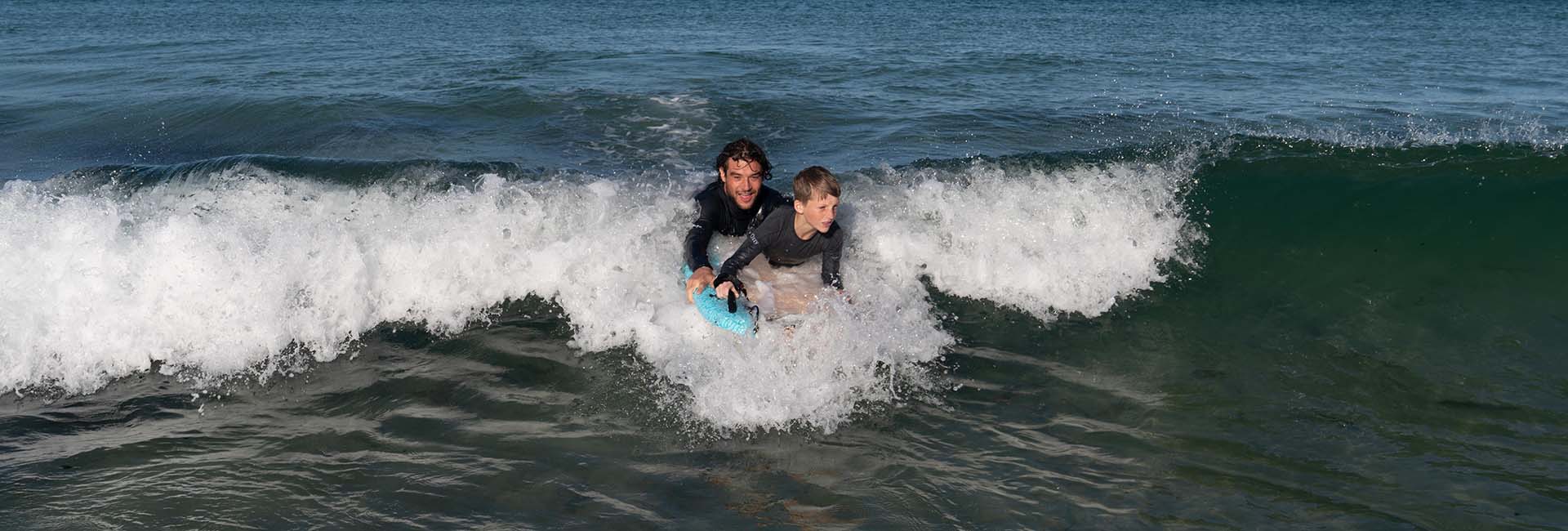
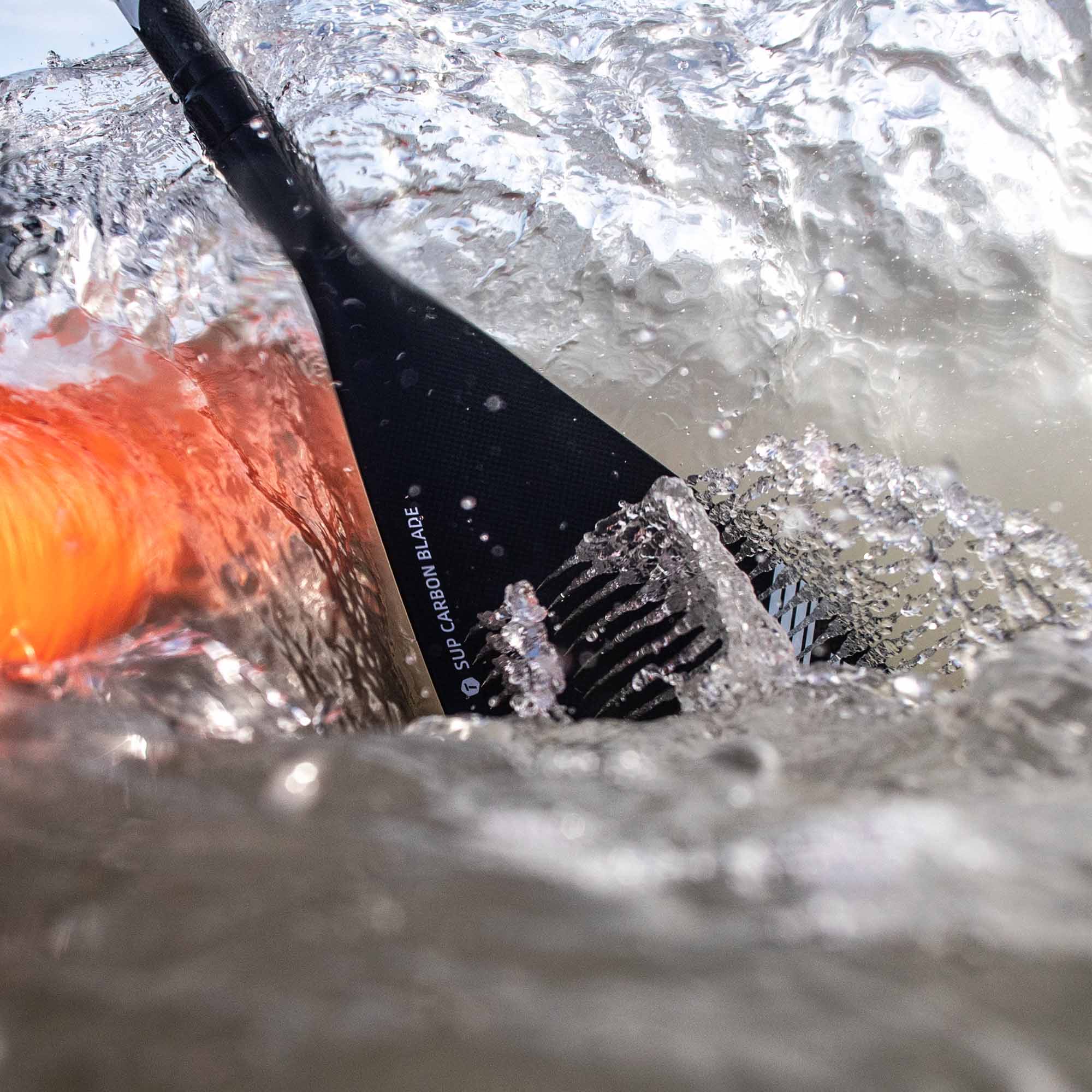
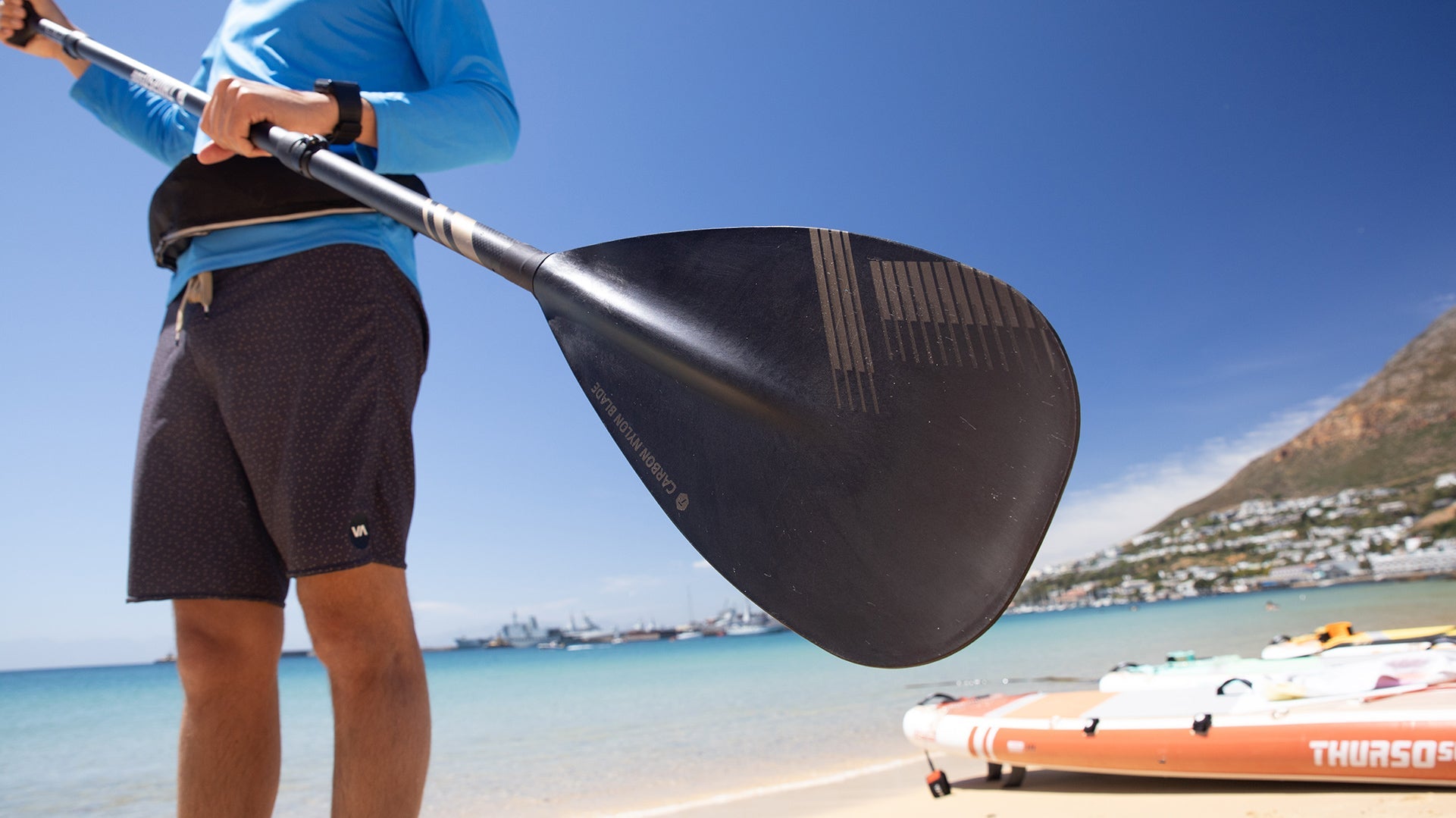
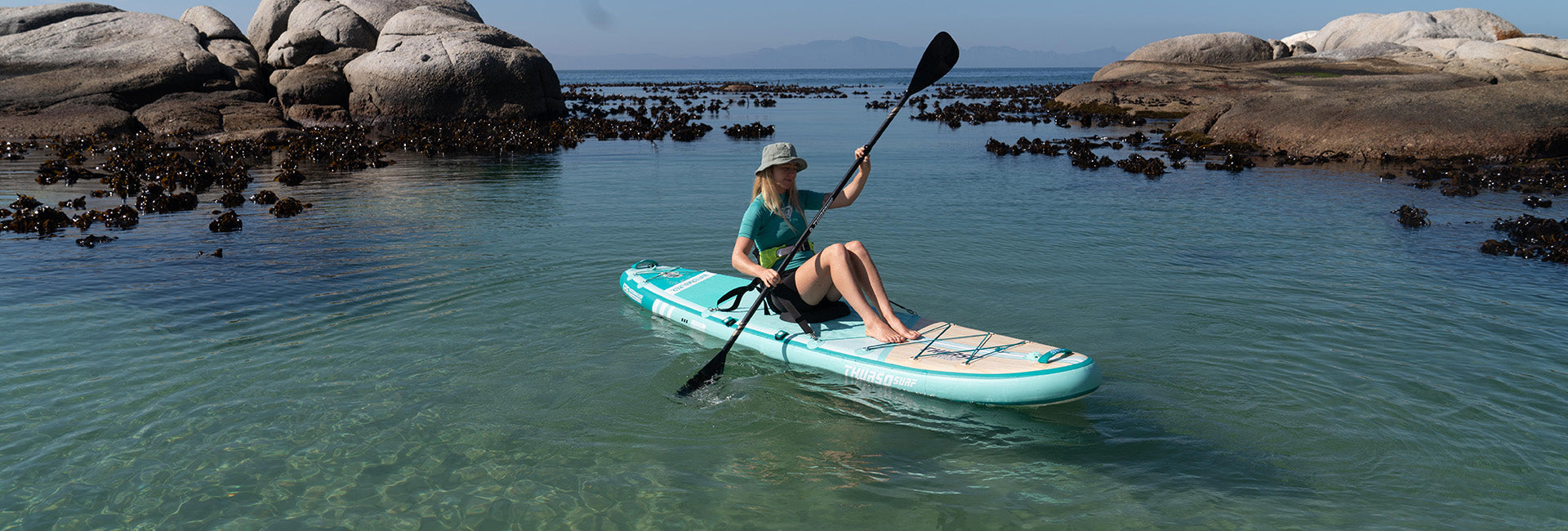

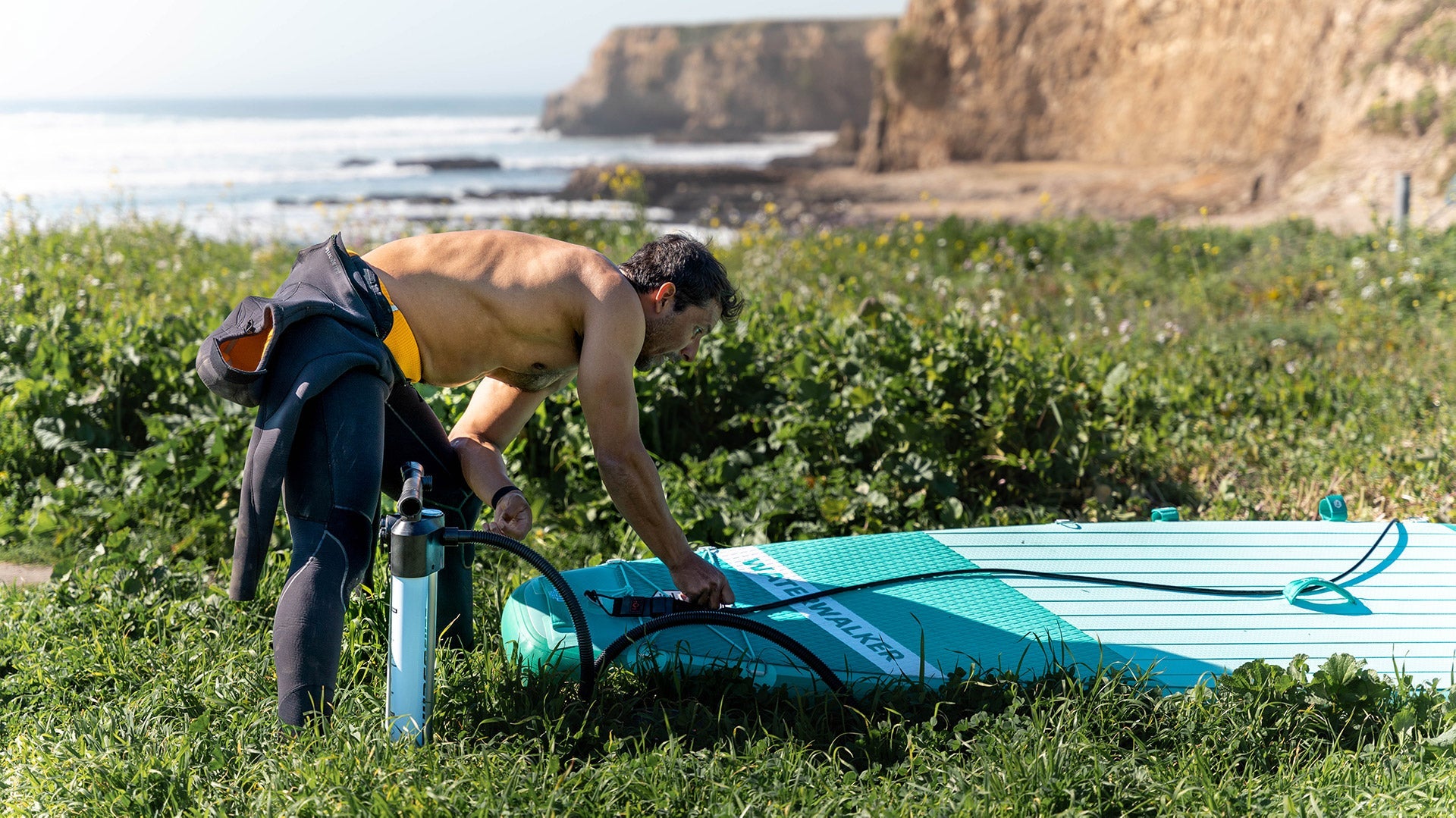
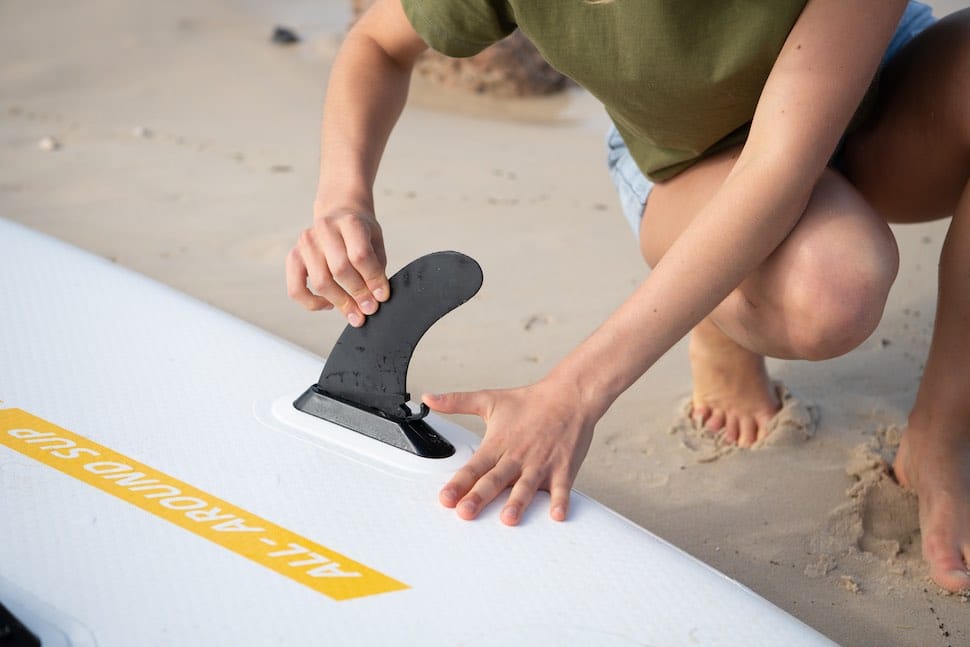
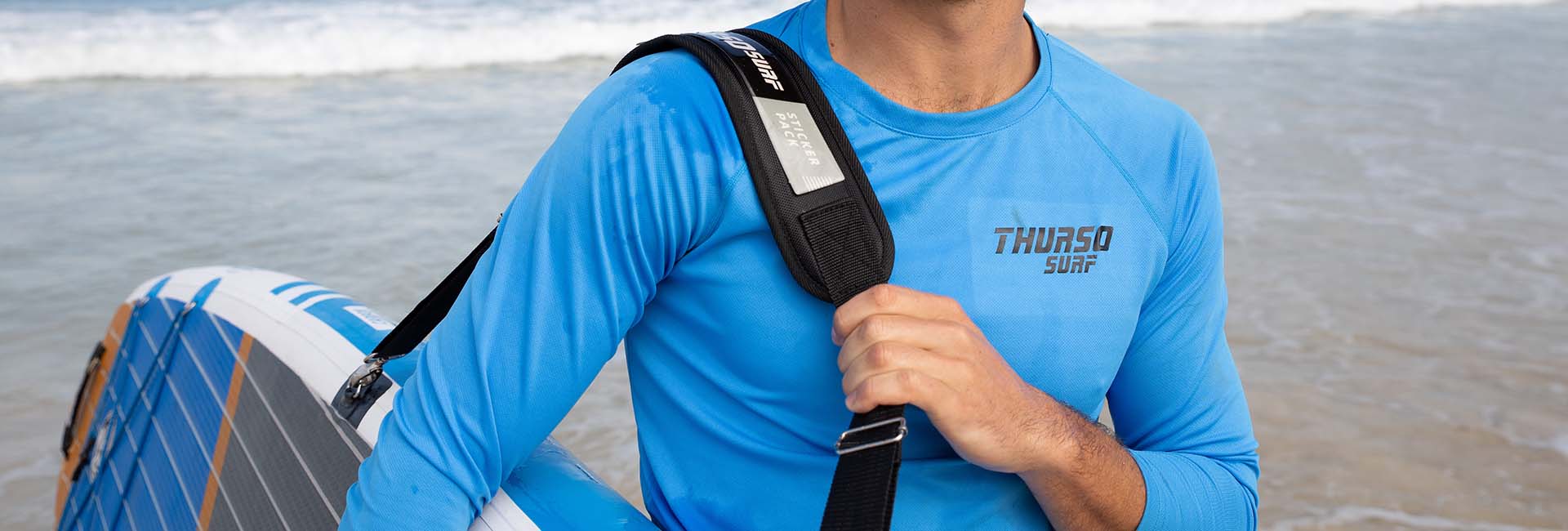



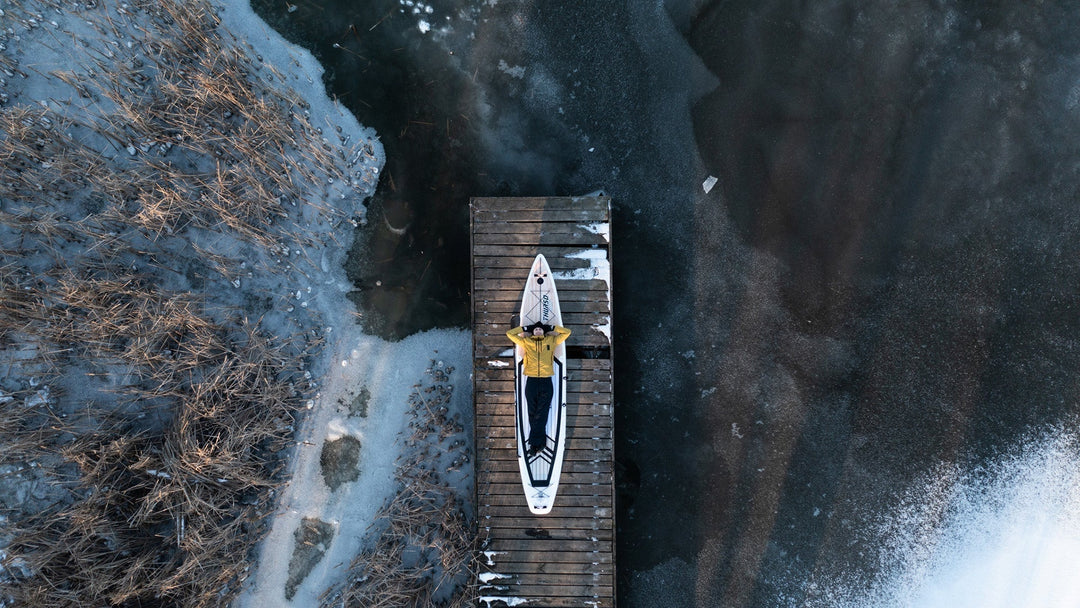
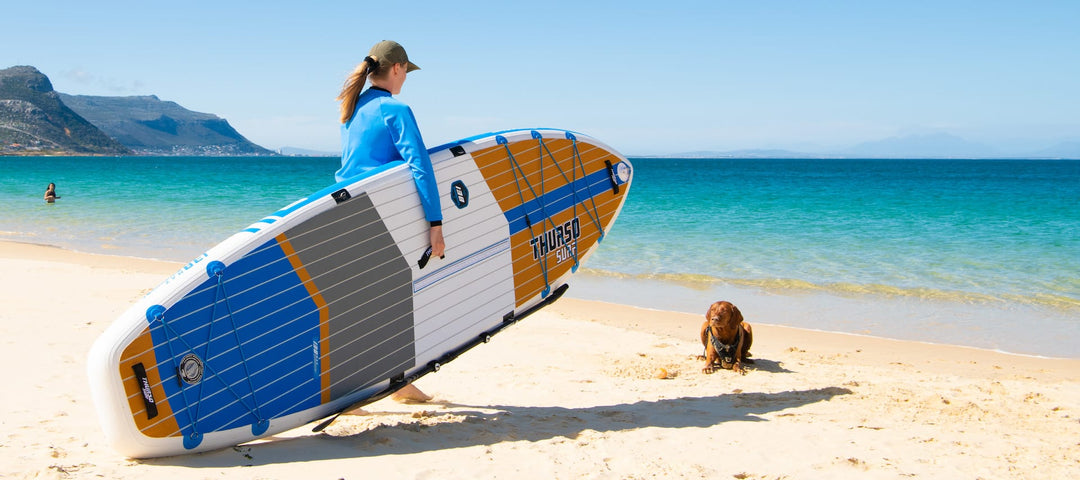
Leave a comment